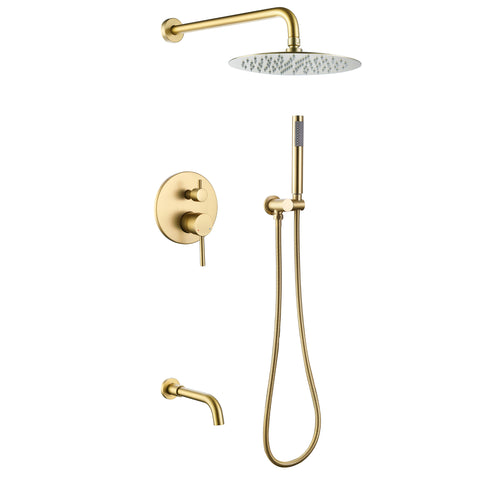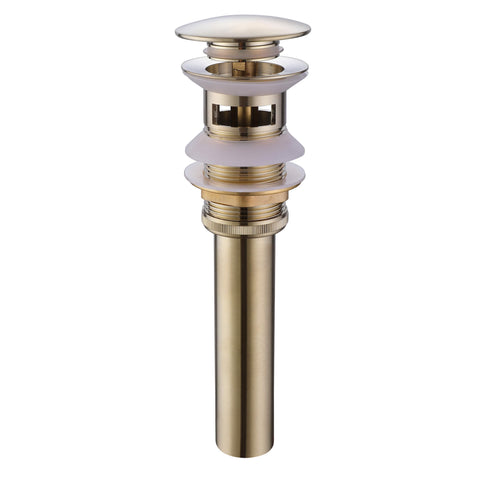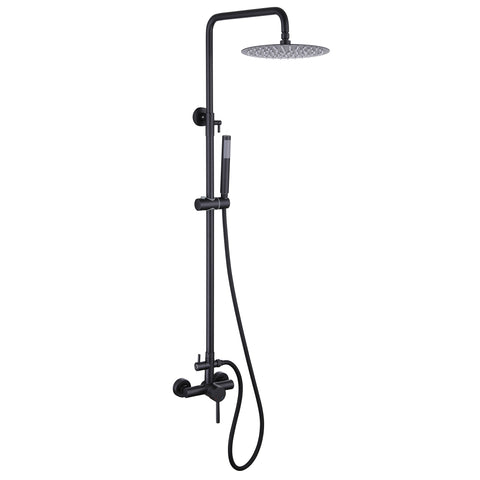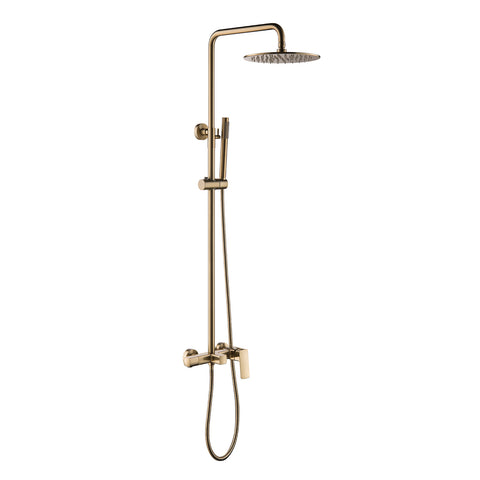How to Increase the Flow Volume for a Tub Faucet?
Check for Blockages
The first step in addressing low flow volume is to inspect the tub faucet for any blockages. Sediment, mineral deposits, or debris can accumulate over time and restrict the water flow. Start by removing the aerator (if applicable) and soaking it in a solution of equal parts water and vinegar to dissolve any mineral build-up. While the aerator is removed, visually inspect the faucet for any visible debris or blockages that may need cleaning.
Clean or Replace the Cartridge/Valve
If you have a single-handle tub faucet, the cartridge or valve could be causing the low flow. Sediment or mineral deposits can accumulate within these components, obstructing the water flow. Turn off the water supply to the faucet, disassemble the handle, and carefully remove the cartridge or valve. Clean it thoroughly with vinegar or a specialized cleaning solution, or consider replacing it if cleaning doesn't resolve the issue.
Check the Water Pressure
Sometimes, low water flow in a tub faucet can be attributed to overall low water pressure in your home. Check the water pressure from other faucets or fixtures in your house. If the water pressure is low throughout your home, you may need to contact a professional plumber to assess and address the issue.
Upgrade Your Faucet
If your current tub faucet is old or outdated, it may not be designed for high water flow. Consider upgrading to a newer, more efficient model that allows for better water volume. Look for faucets labeled as "high flow" or "high volume" to ensure a more satisfying bathing experience.
Install a Flow Restrictor
While it may seem counterintuitive, installing a flow restrictor can actually help increase the flow volume of your tub faucet. Flow restrictors regulate water usage, but they can also contribute to low flow issues. By removing or adjusting the flow restrictor, you can potentially improve the water flow. However, it's important to note that altering or removing a flow restrictor may affect your water usage and efficiency, so exercise caution and consider local regulations.
Check the Plumbing
In some cases, low flow volume may be due to plumbing issues within your home's infrastructure. If you suspect this is the case, it's advisable to consult a professional plumber. They can identify any potential problems, such as pipe corrosion or blockages, and provide the necessary repairs or replacements to restore optimal water flow.
Adequate water flow is crucial for a satisfying bathing experience, and addressing low flow volume in your tub faucet is essential. By following the steps outlined in this guide, you can troubleshoot and improve the water flow, ensuring a more enjoyable bathing experience. Remember to start with the simple tasks of checking for blockages and cleaning components, and if necessary, consult a professional for further assistance. With these tips, you'll be on your way to increasing the flow volume of your tub faucet and indulging in relaxing baths once again.













